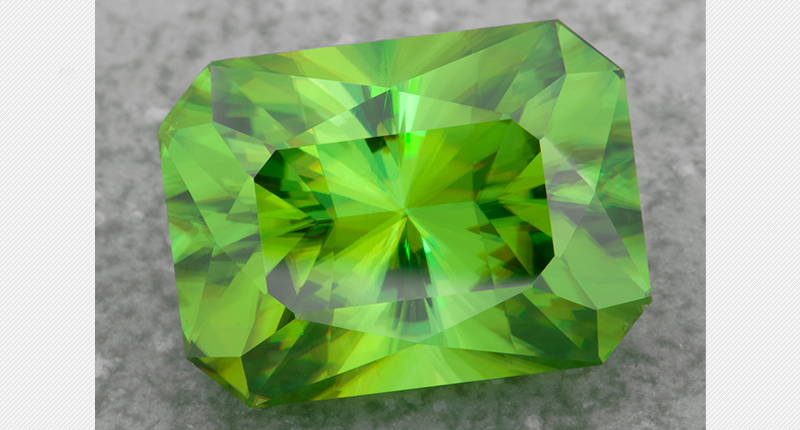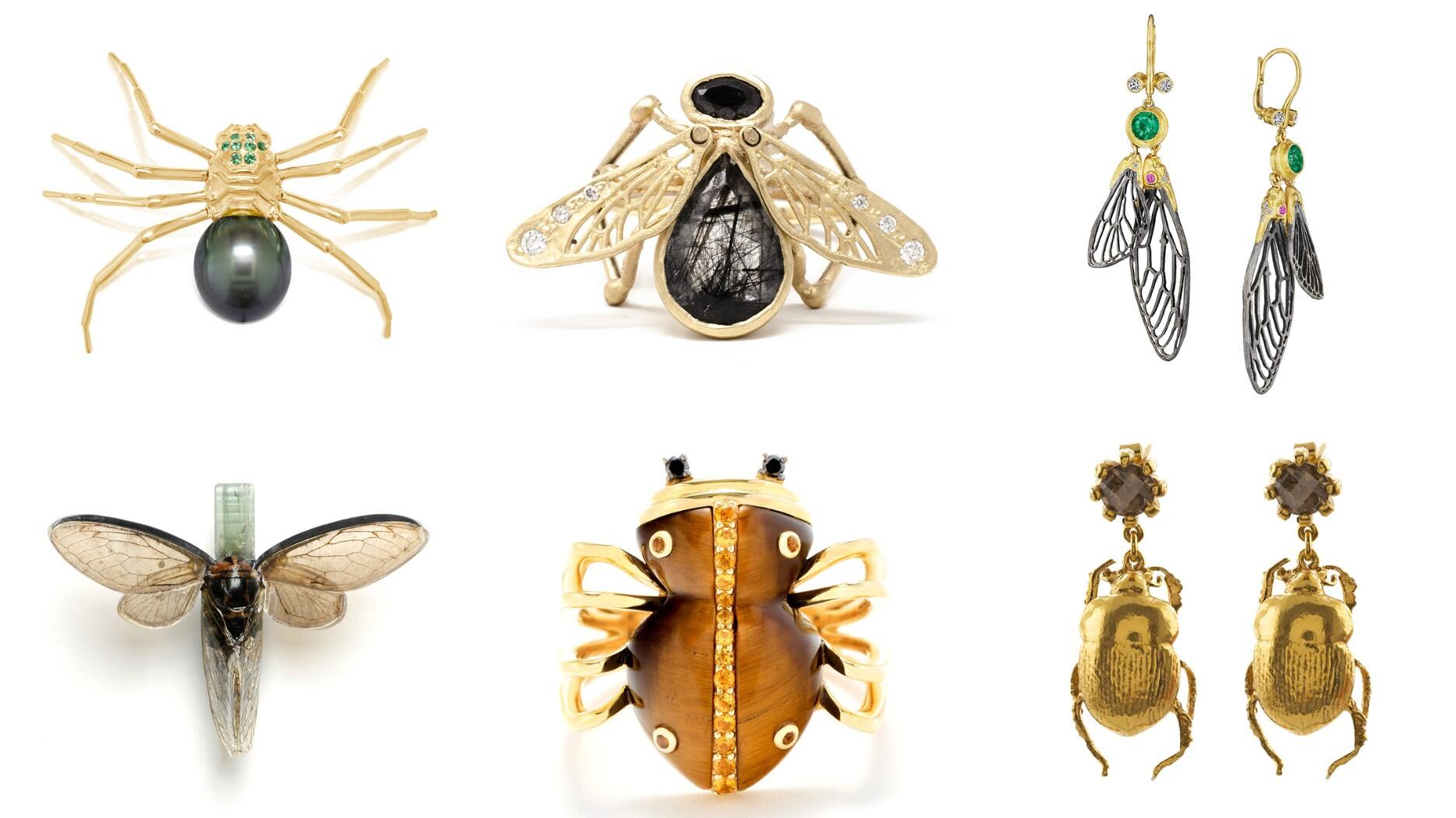Carlos Jose Hernandez and Joshua Zuazo were sentenced to life without the possibility of parole in the 2024 murder of Hussein “Sam” Murray.
5 Things To Know About … Sphene
Discover what gives the gem a fire that can out-sparkle a diamond, its second name, geographic origins, and more.

I, for one, love when the gemstone is a vibrant, almost lime green that also shows flashes of orange and yellow.
Sphene belongs to the titanite mineral group, occurring as an accessory mineral in granitic and calcium-rich metamorphic rocks, and is the only member of the group commonly used in jewelry.
Here are five things to know about this unique gemstone.
1. It has another name.
Sphene comes from the Greek word “sphenos,” meaning wedge, a reference to the mineral’s characteristic wedge-shaped crystals.
But it also goes by the name titanite, referencing its place in the mineral group.
According to many online sources, “sphene” is more commonly used in the gem and jewelry sector while geologists and mineralogists tend to use “titanite.”
2. Gem-quality examples are rare.
Sphene is a collector’s gem and is particularly rare when you start talking about a clean stone above 5 carats, the International Gem Society says.
As is the case with all gemstones, size creates a premium with this species.
3. It has more “fire” than a diamond.
Sphene has one of the highest dispersions of any mineral; the term dispersion refers to a mineral’s ability to break white light into spectral colors.
The dispersion of sphene is 0.051. A diamond’s dispersion, by comparison, is 0.044.
It’s this high number that helps to give the stone such an intense “fire,” showcasing multiple colors, especially when it’s well-cut.
Sphene has a refractive index of 1.843-2.110 and a birefringence of 0.100-0.192. Its high birefringence often results in visible doubling of facets within the stone, meaning there looks to be a “fuzziness” inside the gem.
It’s a 5 to 5.5 on the Mohs scale, making it softer than other, more well-known gems like sapphire, ruby and even garnet.
Sphene has distinct cleavage in one direction, but can still create beautiful jewelry when cut and set properly.
It’s also pleochroic, showing more than one color depending on the angle from which you view it; sphene’s transparent specimens are notable for their trichroism, showing three different colors.
The three colors depend on the base stone color, according to Gemdat.org.
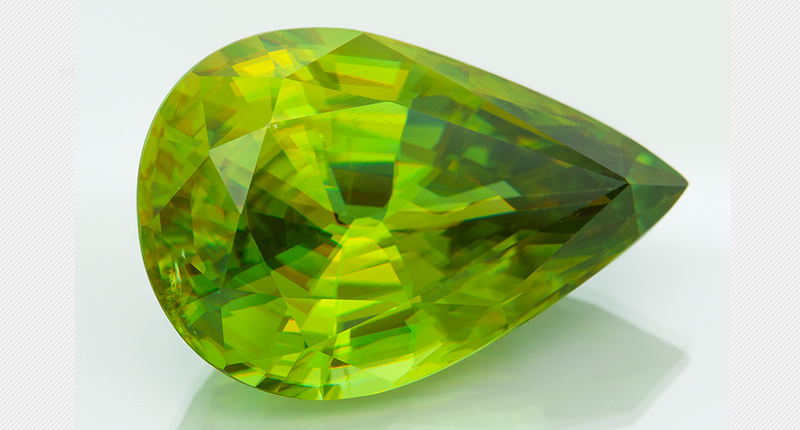
4. It comes in a variety of hues, but some are preferred.
According to IGS, there’s a preference in the market for lighter tones, especially the yellows, light oranges and greens, which best show off the gemstone’s amazing dispersion.
IGS also notes that “chrome sphene”—dark green in color—is the most valuable type as its hue mimics a good emerald.
5. Here are its sources.
The primary sources of sphene are Canada, Madagascar and Mexico, IGS says.
Baja California, Mexico produces yellow-brown, brown, green and dark green (chrome) crystals up to 4 inches long, making it one of the world’s main sphene deposits.
Madagascar produces green crystals, some of which are large in size, while Canada produces brown and black crystals.
IGS added that Austria and Switzerland also have both produced sphene.
Other places where sphene has been found are: India, Sri Lanka, Afghanistan, Germany, Kenya, Myanmar, Pakistan, Russia, New York state and Minas Gerais, Brazil.
The Latest

Yood will serve alongside Eduard Stefanescu, the sustainability manager for C.Hafner, a precious metals refiner in Germany.

The New Orleans jeweler is also hosting pop-up jewelry boutiques in New York City and Dallas.

How Jewelers of America’s 20 Under 40 are leading to ensure a brighter future for the jewelry industry.

Set in a Tiffany & Co. necklace, it sold for $4.2 million, the highest price and price per carat paid for a Paraíba tourmaline at auction.


The jeweler’s “Deep Freeze” display showcases its iconic jewelry designs frozen in a vintage icebox.
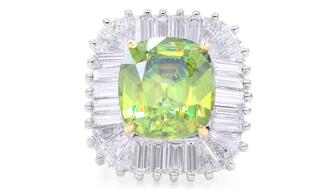
Take luxury gifting to new heights this holiday season with the jeweler’s showstopping 12-carat sphene ring.

Roseco’s 704-page catalog showcases new lab-grown diamonds, findings, tools & more—available in print or interactive digital editions.

This year's theme is “Unveiling the Depths of the Ocean.”

In its annual report, Pinterest noted an increase in searches for brooches, heirloom jewelry, and ‘80s luxury.

Starting Jan. 1, customers can request the service for opal, peridot, and demantoid garnet.

The 111-year-old retailer celebrated the opening of its new location in Salem, New Hampshire, which is its third store in the state.

The new catalog features its most popular chains as well as new styles.

The filmmaker’s personal F.P. Journe “FFC” prototype was the star of Phillips’ recent record-setting watch auction in New York.

The new location in the Design District pays homage to Miami’s Art Deco heritage and its connection to the ocean.

Inflations, tariffs, and politics—including the government shutdown—were among consumers’ top concerns last month.

“Longtime favorite” presenters, as well as first-time speakers, will lead talks and workshops at the annual event in Tucson next year.
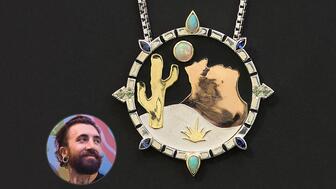
Silas Smith of Meridian Metalworks won the challenge with his pendant that blends Australian and American landscapes.
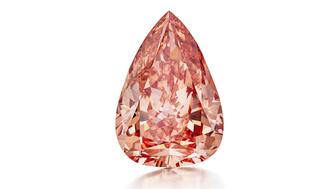
The sale of the 31.68-carat, sunset-hued stone was part of Sotheby’s first series of events and auctions in Abu Dhabi.

Most customers who walk into your store this month have made up their minds. Your job is to validate their choice, Emmanuel Raheb writes.

The collection features characters and motifs from Ukrainian folklore, including an enchanted mirror and a magic egg.

MatrixGold 3.11, the newest version of the jewelry design program, offers more flexibility, precision, and creative control.

The pavilion will be part of the 2026 JA New York Spring show, scheduled for March 15 to 17.

Kadet, a 1994 National Jeweler Retailer Hall of Fame inductee, helped grow the family-owned retailer in the Chicago area and beyond.

Billed as the world’s smallest wearable, Lumia Health’s new smart earrings have a health tracker subtly embedded in the back.
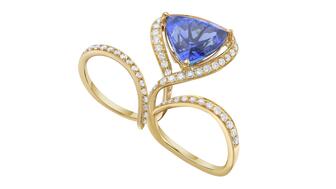
Don’t let those with December birthdays feel blue. Help them celebrate their month with blue zircon, turquoise, and tanzanite.

The new pink sapphire version of the piece dances with its wearer in the brand’s “Icons After Dark” holiday campaign.









